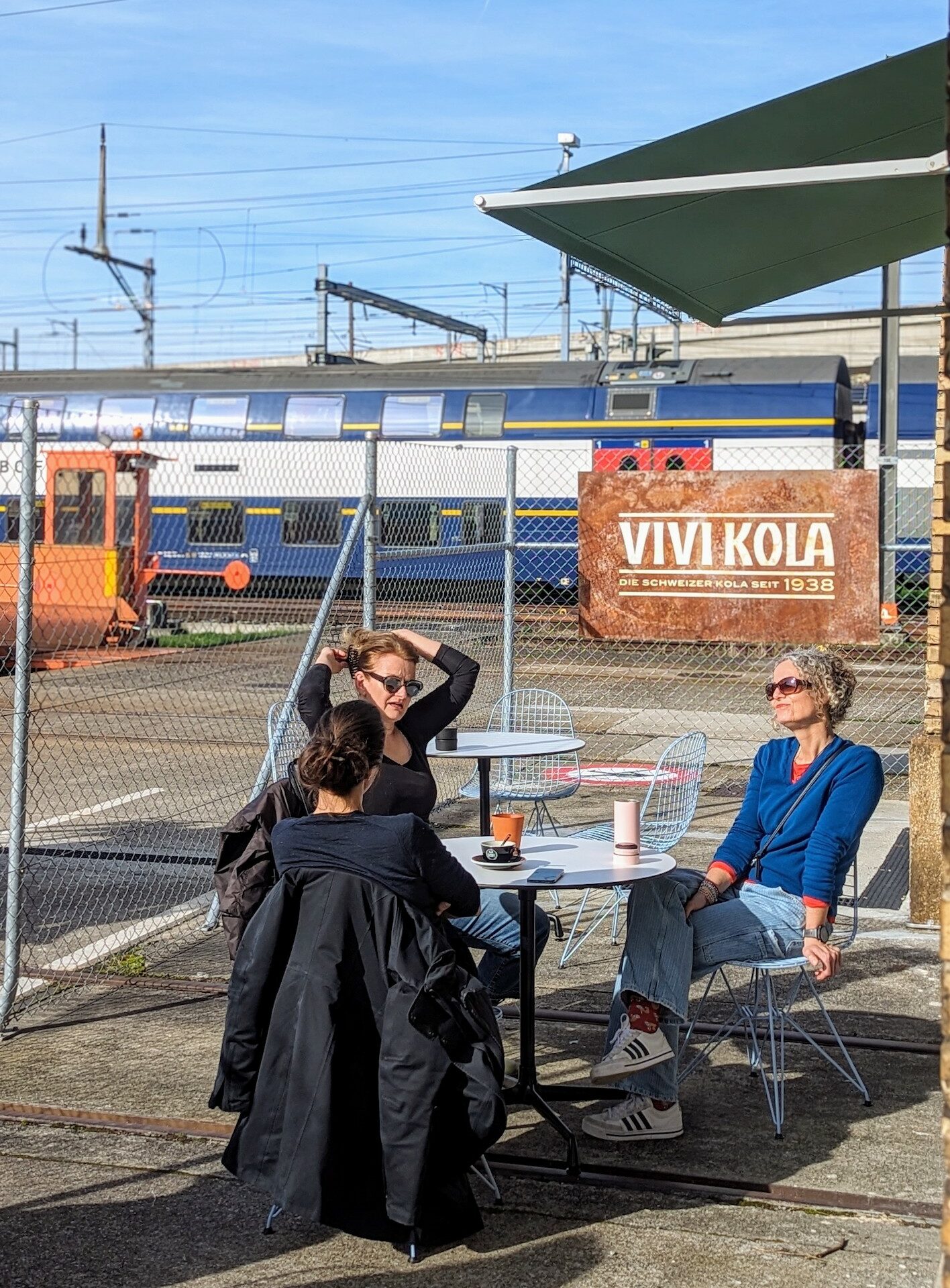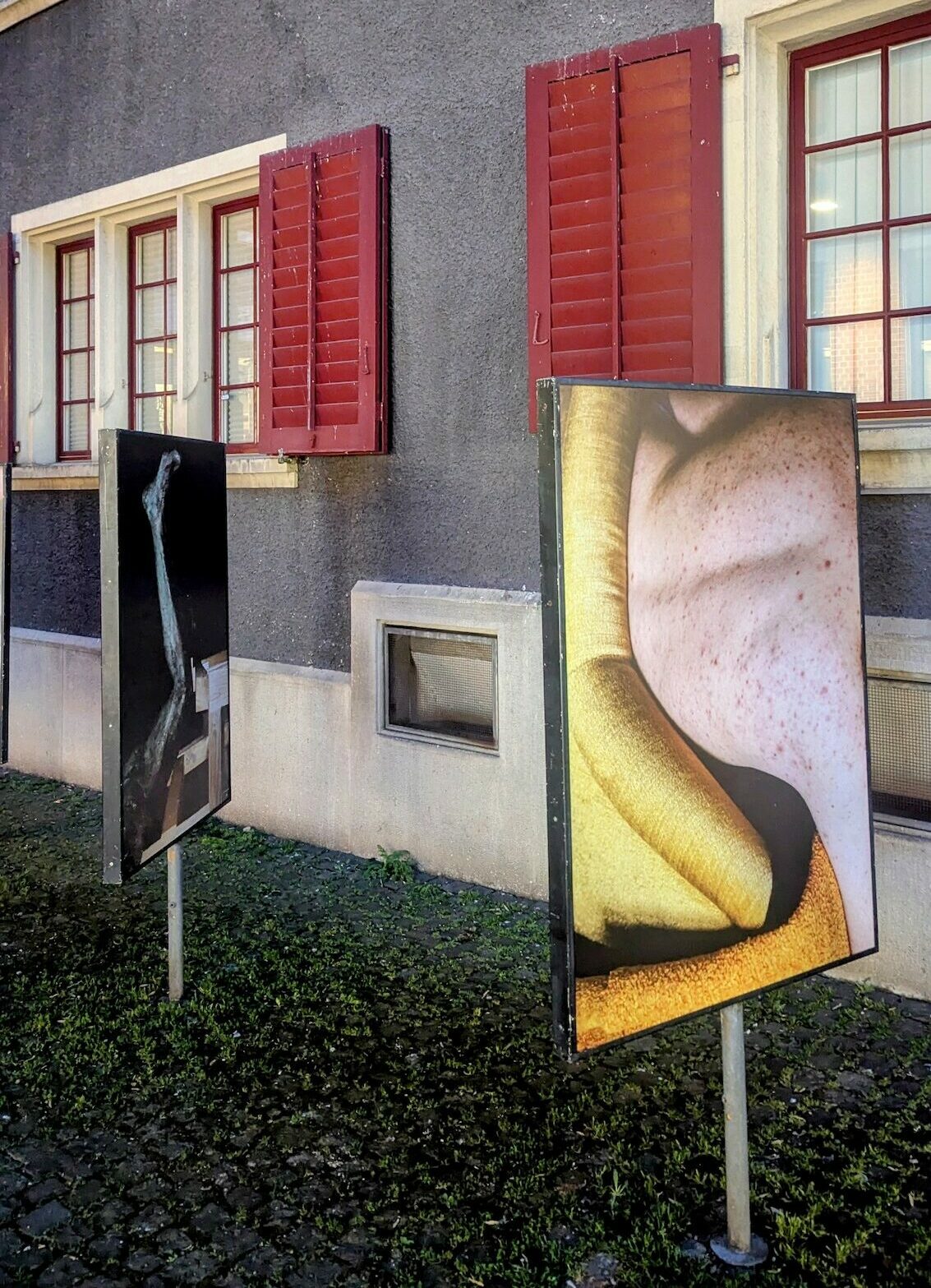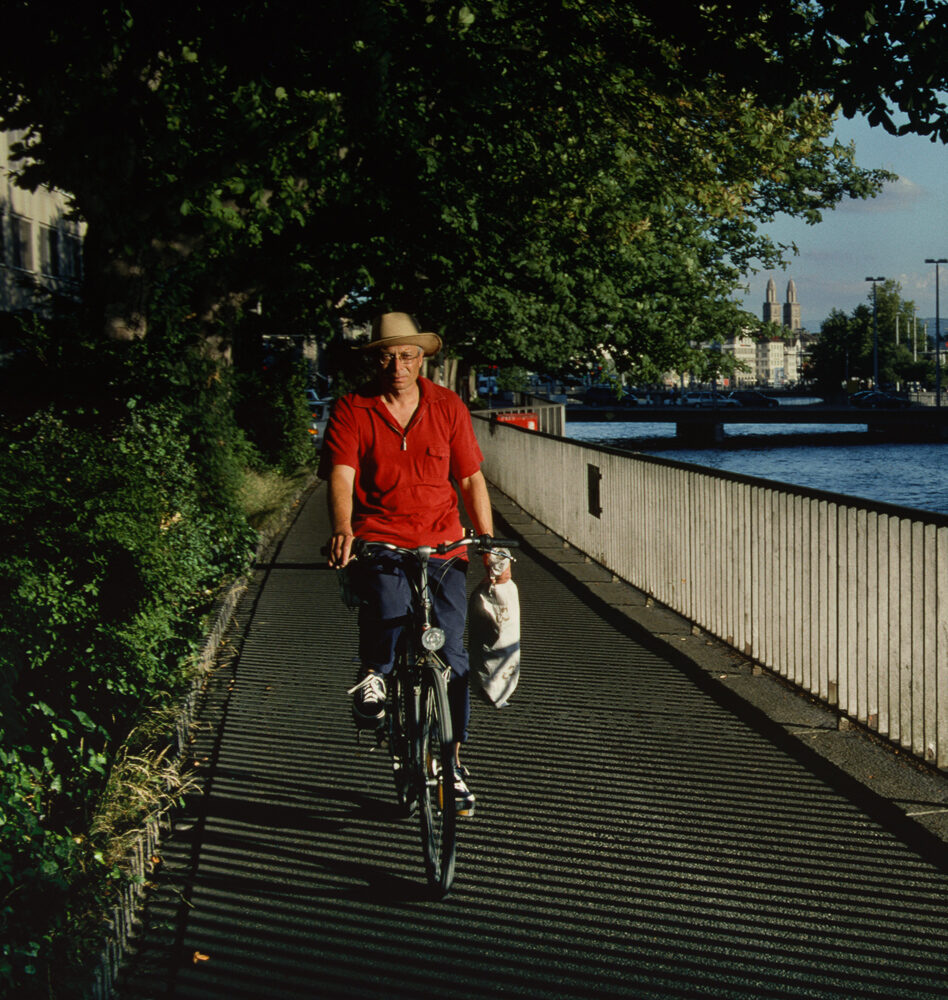You don’t need to know these ten fun facts before visiting Zurich, but it’s always useful to learn, even if it’s just to impress your crush at the next raclette party with your extensive understanding of all things Helvetic. And here’s another fun fact for you: You don’t have to spend hours researching your trip only to end up in the same crowd as other tourists. When you get a custom itinerary from us, we’ll show you the places the locals love, including the hottest restaurants of the moment, local designers, the smoothest third-wave coffee, cutting-edge art spaces, vibrant nightclubs, or anything else you want.
International city
While Switzerland as a whole counts 25% of its population as foreign, in the city of Zurich it’s actually ⅓. With its thriving economy and high quality of life, it’s a real expat magnet, so expect to hear a lot of English.
Always at the top
Speaking of quality of life, Zurich regularly tops lists comparing the quality of life in cities around the world. But all that clean air, efficient infrastructure and quality healthcare comes at a price. That’s why you’ll also find Zurich at the top of lists of the world’s most expensive cities.

Anyone can change the law
Switzerland’s direct democracy is a global inspiration. Not only do they have not one, but seven presidents who make decisions by consensus, thus dispersing power, but the people can vote directly on political issues. And any Swiss citizen can change the law – as long as they get enough people to sign their initiative or referendum. As soon as they have the necessary signatures, their cause is put to a vote.
Less is more
In other countries, people go on strike when they’re asked to work more. In Switzerland, people are against working less. Unbelievable but true, the Swiss voted against six weeks of mandatory vacation. The law states that Swiss citizens are entitled to at least four weeks of vacation per year, and an initiative to increase mandatory vacation was actually rejected by the people themselves.
Late to the party
Last, and certainly least, on the subject of voting: women weren’t allowed to vote until 1971, and in one canton as late as 1991 – that’s almost half a century after North Korea. Pretty embarrassing for a much-praised democracy.

Made of granite
Zurich’s Enge station was built entirely of granite from the Gotthard massif, hence the name of the Tessinerplatz in front of the station (Tessin is the German name for the canton of Ticino, where part of the Gotthard is located).
Artsy church
Fans of Marc Chagall can find some of his art in the Kunsthaus museum – or in the Fraumünster church. In the 1970s, he created five stained glass windows for the choir of Zurich’s Fraumünster.
My client, Mr Snuffles, is innocent
Until 2010, the city had an animal advocate who fought for abused cats, cows, and other exploited creatures. Sadly, his profession wasn’t compatible with federal law.

The birthplace of artistic nonsense
In 1916, in the midst of World War I, Hugo Ball, Emmy Hennings, Tristan Tzara, Richard Huelsenbeck, Marcel Janco, and Hans Arp founded Dadaism as a rejection of the conventions and society of their time. The art form, characterized by its lack of comprehensible content, originated in Zurich’s Cabaret Voltaire and soon spread to other European cities.
Seegfrörni
The phenomenon of Lake Zurich completely freezing over, known locally as the ‘Seegfrörni’, has only happened eight times since measurements began in 1864. The last time was in 1963, when the natural spectacle was transformed into a forty-day fair with ice-skating police, food stalls and mobile bars on the ice, and horse-drawn sleighs. To turn the lake into a walkable ice surface, average temperatures of -10 degrees Celsius are required for at least 35 days.






